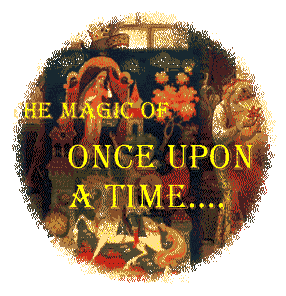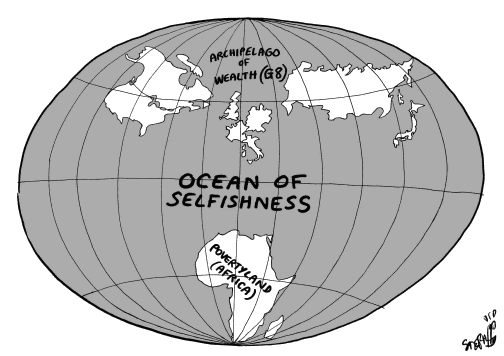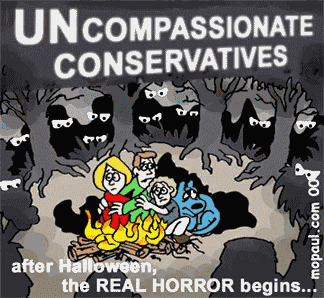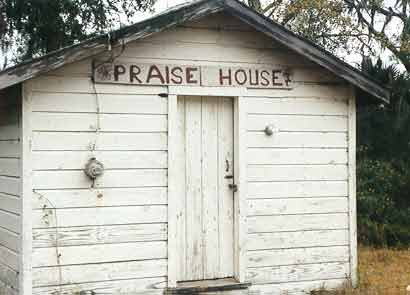|
Narrative Logo - Click for Main Menu IX. The Politics of Storytelling This class session will focus on modern folk examples - and the kinds of political statements they make.
Caption: The American Flag
Caption: Different view of the World
Caption: Political Cartoon about Compassionate Conservatives Elections are hotbeds of folklore. Politics shows up, too, in the details of folklore, the concepts that are endorsed. This lecture will take a look at the political aspects of legend and tale. preview (optional) Well, when it's all over, there is always a winner and a loser. In fall, 2008, the big news was the election of President Obama. But the folk drama of politics will continue unabated. Presidential and Congressional elections bring full attention to the folklore of our democratic system (good thing, it's the strength of a democratic system that we CAN say things both directly and indirectly!) Much of the folklore that we preserve from politics does get created during heated election times, but the images and storylines that inform our party affiliations may have long and complicated histories. A little look at the politics of folk - or the folk in politics.
Caption: Praise House - Slave Church from 19th Century Charleston was a city founded upon slavery. The economy was driven by slave labor and more Charleston residents owned slaves then in any other city in the country. Charleston was the largest colonial port for incoming slaves and many of the slaves that came into the United States came through Charleston. Because of this, Charleston also had the largest African and African American population of any city in this country. For most of its existence, people of African decent have equaled or outnumbered those of European decent within the city and also within South Carolina as a whole. Charleston is also significant because as the largest slave port in the United States it brought together people from all parts of the western coast of Africa. This caused the blending of different African traditions that helped to shape the distinctive Gullah culture that still exists until this day. Coins are placed on the eyes of the dead to keep them closed. However, coins were also sometimes placed in the hands as the deceased person's contribution to the community of the ancestors - or perhaps, as a token for admittance to the spirit world. For the same purpose coins are also placed on or around the grave site. It is believed that one should always cover the body and one should never place it directly in the ground. All of these traditions may not be practiced by every African American family but many of them were and still are believed to this day. Another Cinderella Story--can you believe it?
|




